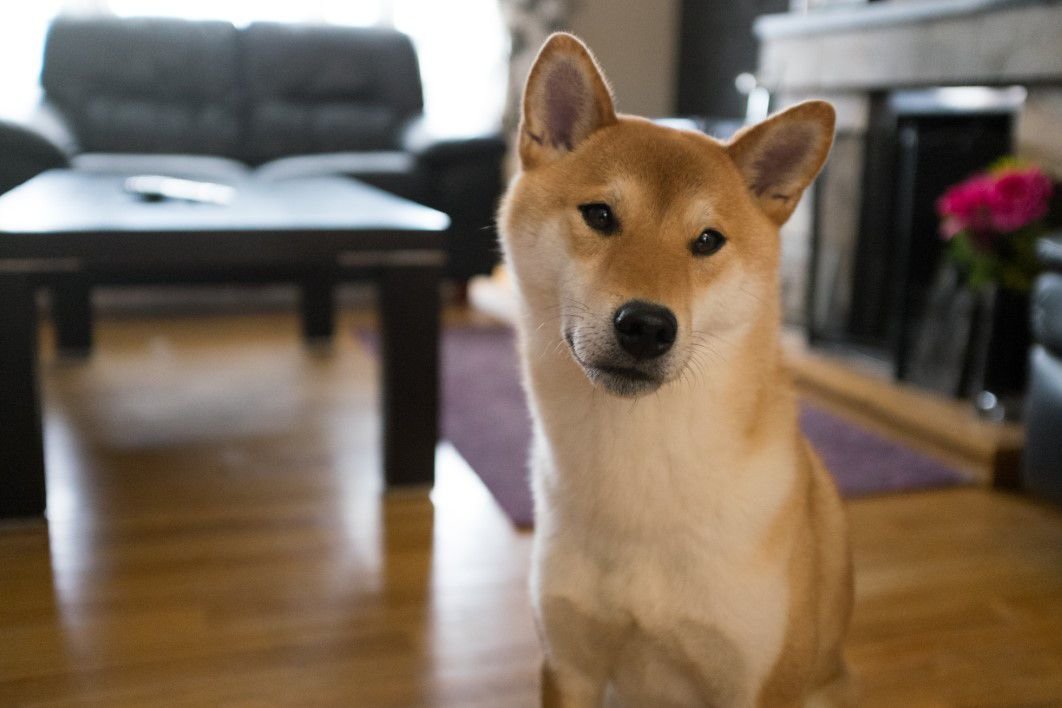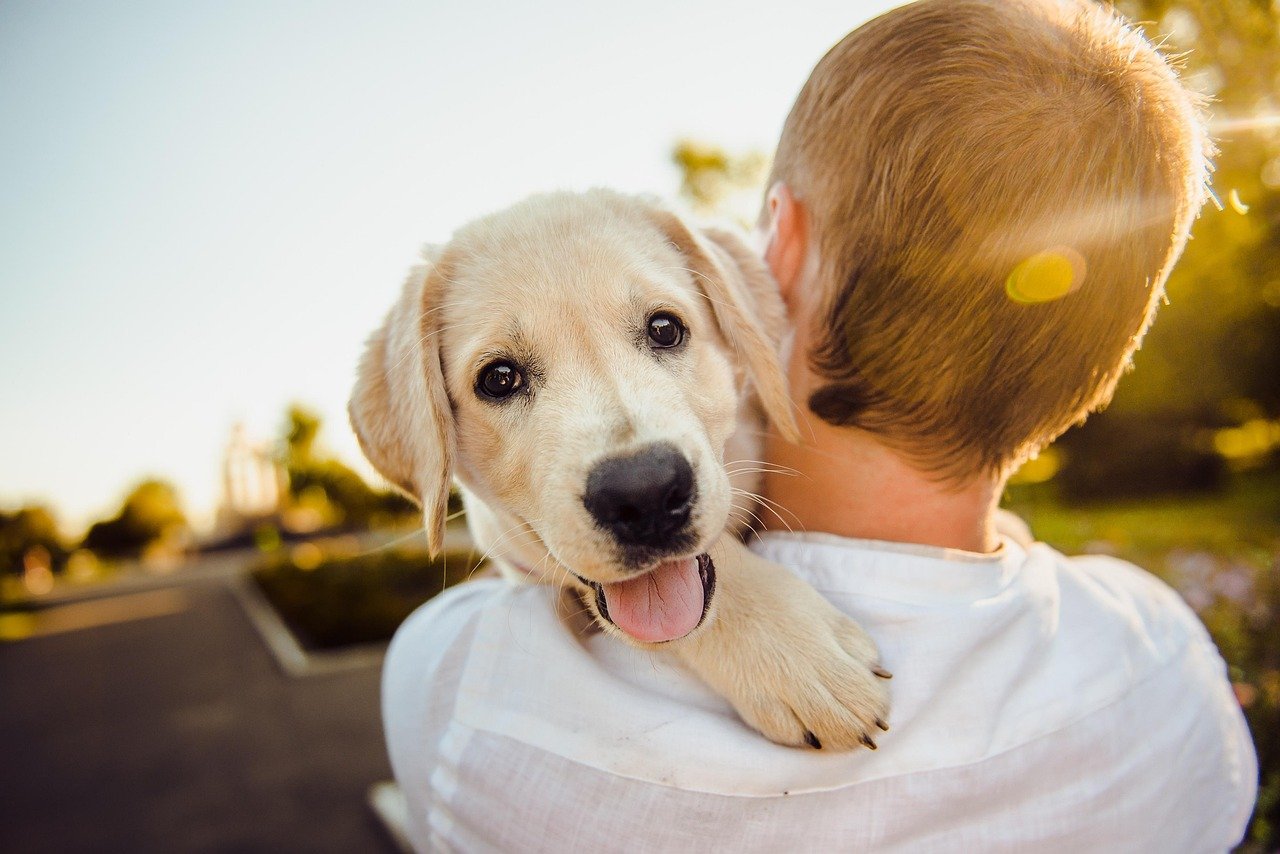Have you ever opened your heart to a rescue dog, only to realize that your excitement is matched by uncertainty? Welcoming a rescue dog is a journey filled with hope, nerves, and a longing for connection. These dogs often carry untold stories, and helping them feel safe can be both heartwarming and challenging. If you’re about to bring a furry friend home, you might be wondering: How do I help this new family member settle in, feel loved, and thrive? Let’s walk through the steps to make your rescue dog’s transition as smooth and joyful as possible.
Preparing Your Home: Creating a Safe Haven
Bringing home a rescue dog is a beautiful act of compassion—and the beginning of a brand new chapter for both of you. While it’s exciting to welcome your new companion, it’s important to remember that rescue dogs often come with past experiences that may leave them feeling unsure, overwhelmed, or even scared in a new environment. The key to helping them thrive lies in patience, understanding, and a consistent routine.
Before your rescue dog ever sets paw in your house, you need to make sure the space is safe and welcoming. Remove any hazardous items like cleaning supplies, small objects, or foods that could harm your dog if ingested. Think of your home as a haven—a cozy spot where your dog can feel secure. Set up a comfortable bed in a quiet corner where they can retreat if they feel overwhelmed. If you have other pets, consider using baby gates or a separate room at first to give everyone space. Keep cords, shoes, and valuables out of reach, as some rescue dogs may be nervous chewers. Adding a few plush toys or blankets with familiar scents can help ease the transition. Remember, the goal is to offer comfort and security from the very first moment.
Gathering the Essentials: What Your Rescue Dog Needs

Every new dog needs a few key items to start off on the right paw. Invest in a sturdy collar and leash, a name tag with your contact details, and a harness for safer walks. Food and water bowls should be placed in a quiet spot, and you’ll want to have high-quality dog food ready for mealtimes. Toys—especially chew toys and soft plushies—can help soothe anxiety and provide entertainment. Don’t forget poop bags for walks and a cozy crate if you plan to crate train. A soft brush and gentle shampoo are also handy for keeping your new friend clean and comfortable. Having all these items ready before your dog arrives shows them they’re valued and helps minimize stress for both of you.
The First Meeting: Making a Gentle Introduction
The first time your rescue dog steps into your home, everything will feel new and possibly overwhelming. Keep the environment calm and quiet, limiting the number of people present. Let your dog explore at their own pace—don’t force interaction or crowd their space. Sit on the floor at their level, offering a gentle voice and an outstretched hand for sniffing. If they seem nervous, give them plenty of space. Watch their body language closely; a wagging tail or curious sniff signals comfort, while cowering or backing away means they need more time. Patience is key. Let your rescue dog set the pace—trust begins with giving them the choice to come to you.
Establishing a Routine: The Power of Consistency
Dogs, especially rescues, find comfort in routine. Set regular times for feeding, walks, and bathroom breaks. Consistency helps your dog predict what happens next, easing anxiety and building trust. Try to walk, feed, and play at the same times each day. Use the same door for walks and the same spot for meals to establish a sense of order. In the beginning, keep outings short and stick to familiar areas. Over time, gradually introduce new experiences as your dog grows more confident. A predictable schedule is like a warm blanket—wrapping your dog in reliability and safety.
Introducing Family Members: Taking It Slow
Meeting new people can be overwhelming for a rescue dog, especially if they’ve had a rough start in life. Introduce family members one at a time, in a calm and gentle manner. Encourage everyone to sit quietly and let the dog approach when ready. Children should be reminded to use soft voices and gentle hands. If you have other pets, let initial meetings happen through a barrier like a baby gate. Supervise all interactions closely, rewarding calm, friendly behavior with treats or gentle praise. This gradual approach helps your dog build positive associations and prevents accidental scares or conflicts.
Setting Boundaries: Teaching the Rules of the House

Your rescue dog will need guidance to understand what’s expected in your home. Decide early on where your dog is allowed—are certain rooms off-limits, or is furniture fair game? Use positive reinforcement to encourage good behavior, like sitting before meals or waiting at the door. Redirect unwanted behaviors calmly, offering alternatives like chew toys instead of shoes. Consistency from every family member is vital; mixed messages create confusion. Remember, patience and kindness will help your rescue dog learn the ropes without fear or stress. Clear boundaries don’t just build structure—they show your dog they can count on you.
Building Trust: The Foundation of Your Relationship
Trust isn’t given, it’s earned—especially for rescue dogs who may have experienced hardship. Spend quiet time together, letting your dog come to you on their own terms. Hand-feed treats to build positive associations and offer gentle petting if your dog seems receptive. Use a calm, steady voice and avoid sudden movements. Celebrate small victories, like a tail wag or a relaxed sigh. Recognize that some dogs may take days or even weeks to feel truly at ease. “Love is patient,” as the saying goes, and your gentle presence is the most powerful tool you have for building trust.
Introducing Walks and Outdoor Exploration

Once your dog feels more comfortable indoors, it’s time to explore the world outside. Start with short, quiet walks around your neighborhood, avoiding crowded or noisy areas at first. Use a secure harness and leash to keep your dog safe. Let them sniff and explore at their own pace—this is how dogs learn about their environment. Watch for signs of stress, like pulling away or freezing, and don’t push your dog to go further than they’re ready for. Gradually increase the length and variety of your walks as your dog’s confidence grows. Outdoor adventures are not just exercise—they’re a chance for your dog to experience joy and build trust with you.
Tackling Common Challenges: Patience is Key
Every rescue dog comes with a unique past, and some may face challenges like separation anxiety, house-training issues, or fearful behavior. If your dog has accidents, respond calmly and clean up thoroughly—never punish mistakes. For anxiety, create a safe space with familiar toys and consider leaving a piece of your clothing to comfort them. If your dog shows fear of certain people or objects, give them space and work at their pace, offering treats and praise for brave behavior. Remember, setbacks are normal; progress is often two steps forward, one step back. Patience, consistency, and love will help your dog overcome even the toughest hurdles.
Celebrating Progress: Small Wins Matter

Every little milestone with your rescue dog is worth celebrating. The first time they wag their tail, sleep peacefully through the night, or greet you at the door—these are signs of trust and happiness blooming. Keep a journal of your dog’s progress, jotting down new achievements and happy moments. Share these victories with family and friends—your enthusiasm will help your dog feel even more cherished. Positive reinforcement, like treats and praise, encourages your dog to keep growing and learning. Remember, it’s not about perfection; it’s about progress and building a bond that lasts a lifetime.





